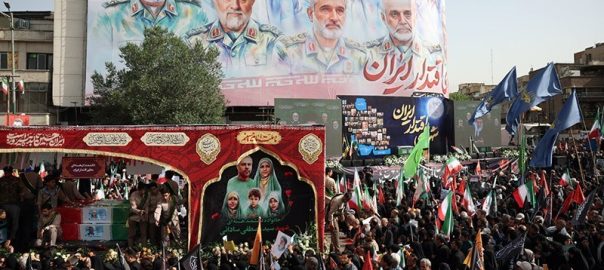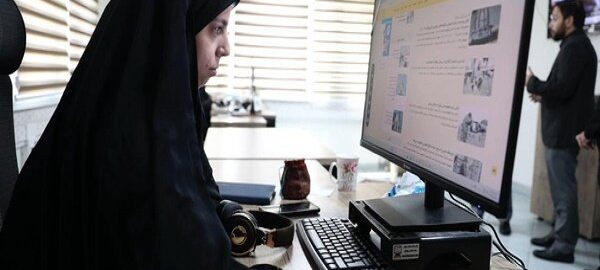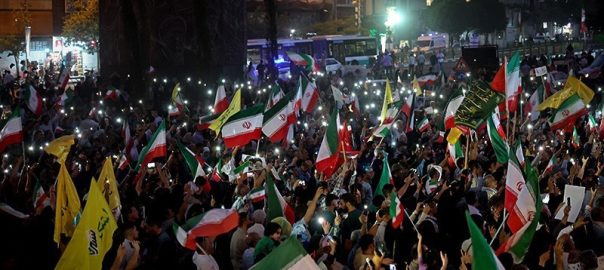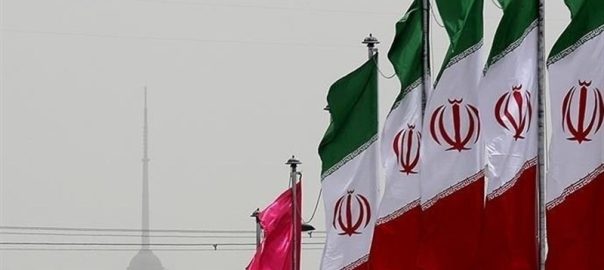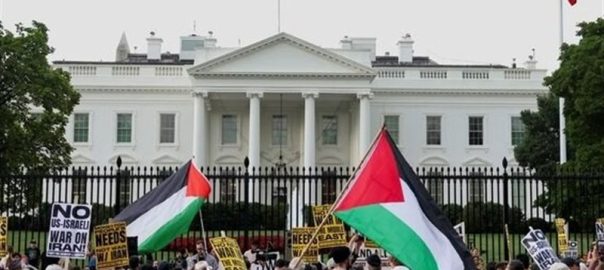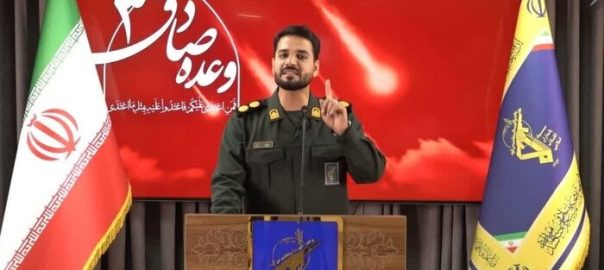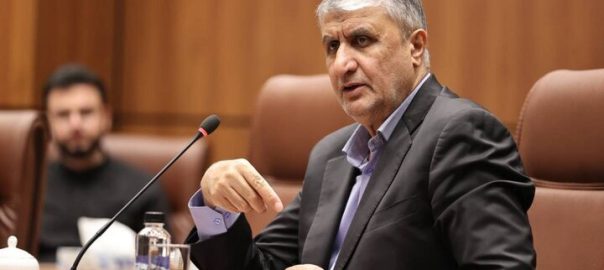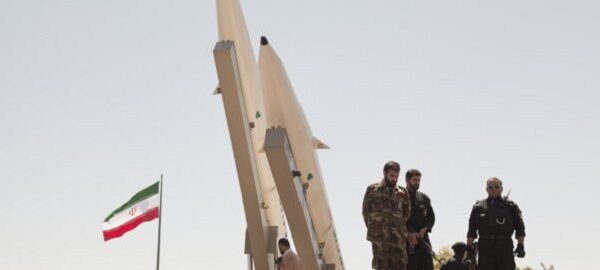A massive funeral procession was held in Tehran on Saturday morning for over 60 Iranian people who have been martyred in the Israeli regime’s war of aggression against the country.
Mourners in the Iranian capital attended the funeral of more than 60 martyrs, including senior military commanders, nuclear scientists, journalists and ordinary citizens, many of them women and children.
The funeral procession began at the University of Tehran as mourners carried the caskets of the martyrs, covered by the flag of Iran, all the way to the Azadi (liberty) Square.
Iranian President Masoud Pezeshkian also attended the funeral service.
The Zionist regime waged an unprovoked war of aggression against Iran on June 13. It carried out airstrikes on Iran’s nuclear, military and residential sites that resulted in the martyrdom of over 600 people, including top military commanders, nuclear scientists and civilians.
The Iranian military forces started counterattacks immediately afterwards. The Islamic Revolution Guards Corps Aerospace Force carried out 22 waves of retaliatory missile strikes against the Zionist regime as part of Operation True Promise III that inflicted heavy losses on cities across the occupied territories.
A ceasefire that came into force on June 24 has brought the fighting to a halt. /TNA/

